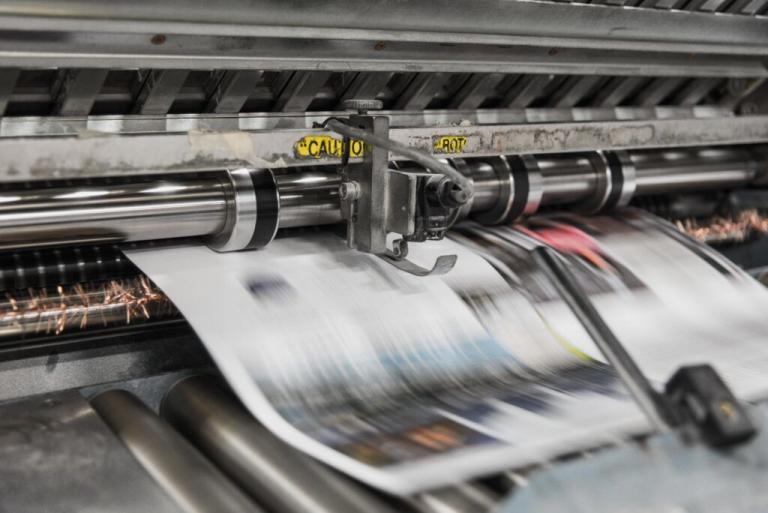Arriving in Germany
The German government launched the website germany4ukraine.de which provides information for refugees from Ukraine. On Instagram, funk launched How to Deutschland. It is a page which publishes tips for Ukrainians upon arrival in Germany. Furthermore, the newspaper Kölner Stadtanzeiger launched the site Willkommen in Köln which provides information in Ukrainian, Russian and German. This website is mainly directed at Ukrainian refugees arriving in Cologne. However one can also find general information as sample forms for German authorities and vocabulary for learning German.
Handbook Germany, an information platform aimed at refugees, provides another, comprehensive service. That gives low-threshold answers to important questions. It touches on topics such as housing, children, benefits from the state or studying. In addition, there are resources for volunteers who want to help or temporarily host people from Ukraine. The service is available in German, English and Ukrainian.
Salam,
schön, dass du da bist!
Wenn du den vollständigen Artikel lesen möchtest, melde dich hier kostenlos im Online-Magazin an: Einloggen.
Wenn du noch nicht angemeldet bist, kannst du dich hier kostenlos neu registrieren:Kostenlos registrieren.
Neben unseren Online-Artikeln erhältst du dann zusätzlich alle zwei Wochen den kohero-Newsletter mit spannenden Texten, Interviews und Hinweisen zu unseren Workshops und Veranstaltungen. Viel Freude beim Lesen!
Wenn du Fragen hast oder Hilfe bei der Anmeldung brauchst, melde dich per Mail an team@ kohero-magazin.de.
Shukran und Danke!
Deine kohero-Redaktion







